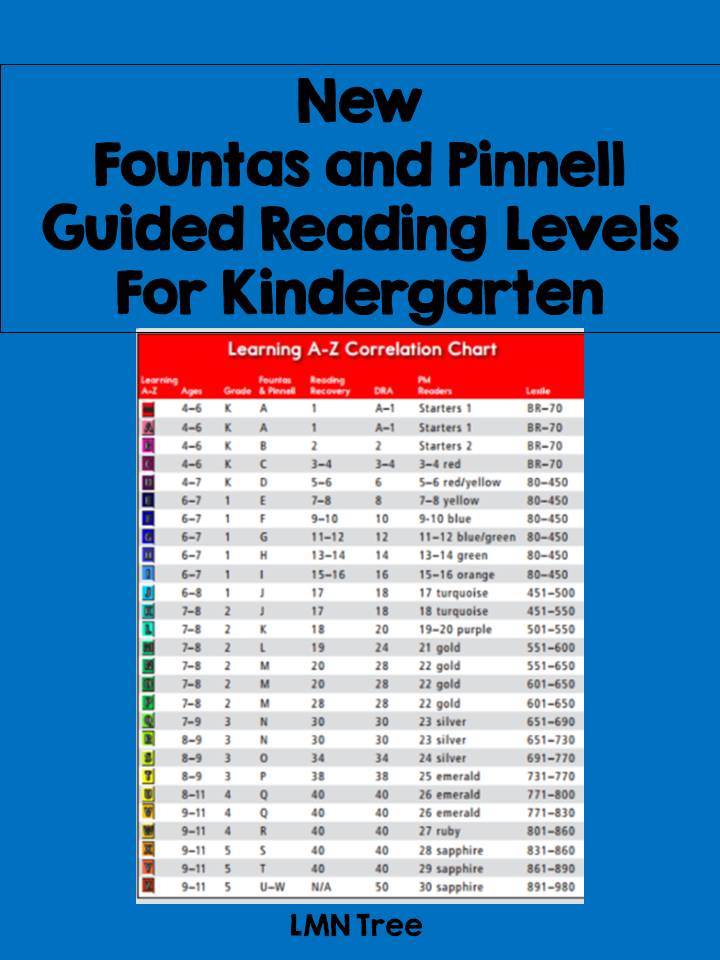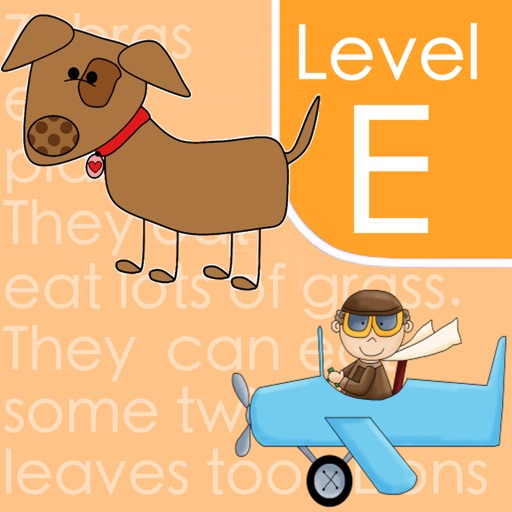

- KINDERGARTEN READING LEVEL E HOW TO
- KINDERGARTEN READING LEVEL E PROFESSIONAL
- KINDERGARTEN READING LEVEL E SERIES
But even books that aren’t part of a series can be assigned a level. Publishers had embraced the leveled approach, creating guided reading series targeted to the educator market and parents. But problems he encountered gnawed at him-until he traced the justification for the practice back to the 1942 study. “I was trained to do that, and I did that,” Shanahan says, adding that he taught this method as a college professor.

The general premise of leveled reading is that kids learn the most when they understand more than about 95 percent of a text’s words and score more than 75 to 80 percent on reading comprehension. Matching students with “just right” books has been the “basic way of doing business for a long time,” Shanahan says.
KINDERGARTEN READING LEVEL E HOW TO
Today, points of debate focus on how to best teach reading versus how to “grow” a reader who not only likes reading but can choose their own books. Amid the debates about leveled reading, including numerous comments on SLJ’s article “Thinking Outside the Bin” by SLJ reviews and production director Kiera Parrott, Fountas and Pinnell spoke up two years ago to say that their system was created to level books, not to label readers and limit what they can read. The highest level is Z+, for high school and beyond.Ĭritics say that such systems, along with the Accelerated Reader (AR) scale and Lexile levels, snuff curiosity and label children. Most grades cover three different letters, such as books labeled Q, R, and S for fourth graders, but kindergarten (4) and first grade (6) have more levels.


The system matches letter grades to students from kindergarten to eighth grade. Read: Thinking Outside the Bin: Why labeling books by Many schools use it to match students with books. Fountas, director of the Center for Reading Recovery in the Graduate School of Education at Lesley University, and Gay Su Pinnell, professor emerita in the School of Teaching and Learning at Ohio State University, created the popular A–Z gradient for the publisher Heinemann. One of the most widely used metrics is the Fountas and Pinnell (F&P) system. Leveled reading has been supported by myriad other studies since 1942, and the methods are deeply entrenched. Shanahan published an abbreviated version of the 1942 study in Reading Research Revisited. When Shanahan tracked down that 1942 dissertation, he found that it “provided no direct evidence for instruction level text matching,” he says. The theory cited in Betts’s book came from a doctoral dissertation written by one of his students.
KINDERGARTEN READING LEVEL E PROFESSIONAL
It was Emmett Betts’s 1946 textbook, Foundations of Reading Instruction, that first put forth the idea that students made the biggest gains by reading materials at their level.īetts, an influential authority on reading, spent his professional life in academia, writing more than 1,300 papers on aspects of education and reading. Shanahan detailed his findings in a paper that was part of the 1983 book Reading Research Revisited and has used more recent data to challenge many of the assumptions of leveled reading benefits. What changed?Īmong other factors, while researching aspects of reading effectiveness, Shanahan discovered that a key study used to promote the benefits of having children read books within their prescribed reading level contained data that was not backed up by direct evidence. As his stature rose, he became a vocal critic of leveled reading. Shanahan has devoted his career to literacy and was inducted into the Reading Hall of Fame in 2007. When Tim Shanahan, a leading literacy and reading expert, taught first grade, he used the leveled reading approach with his students.


 0 kommentar(er)
0 kommentar(er)
